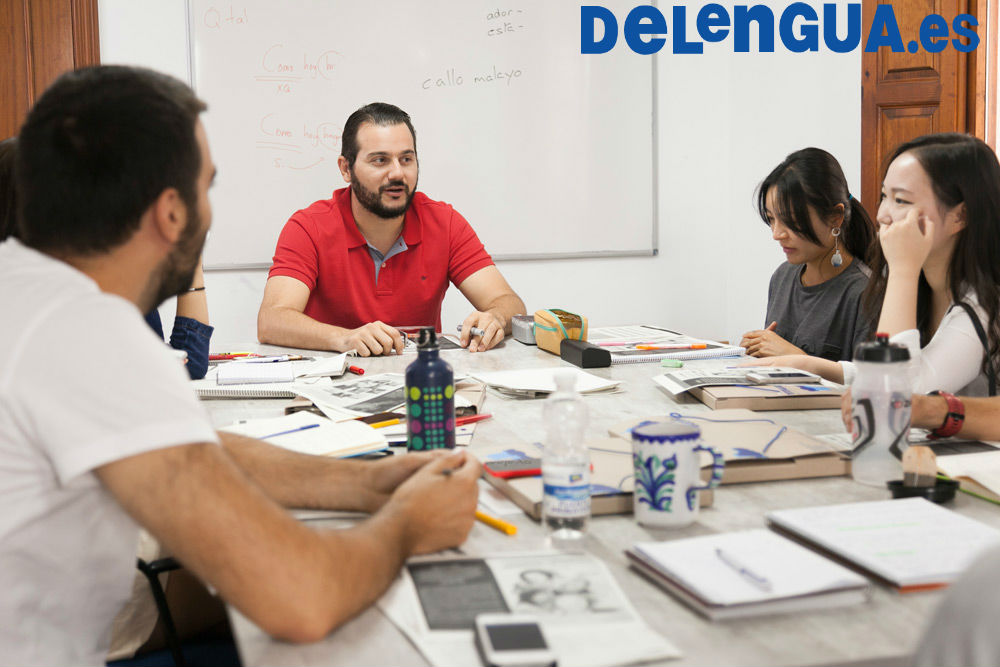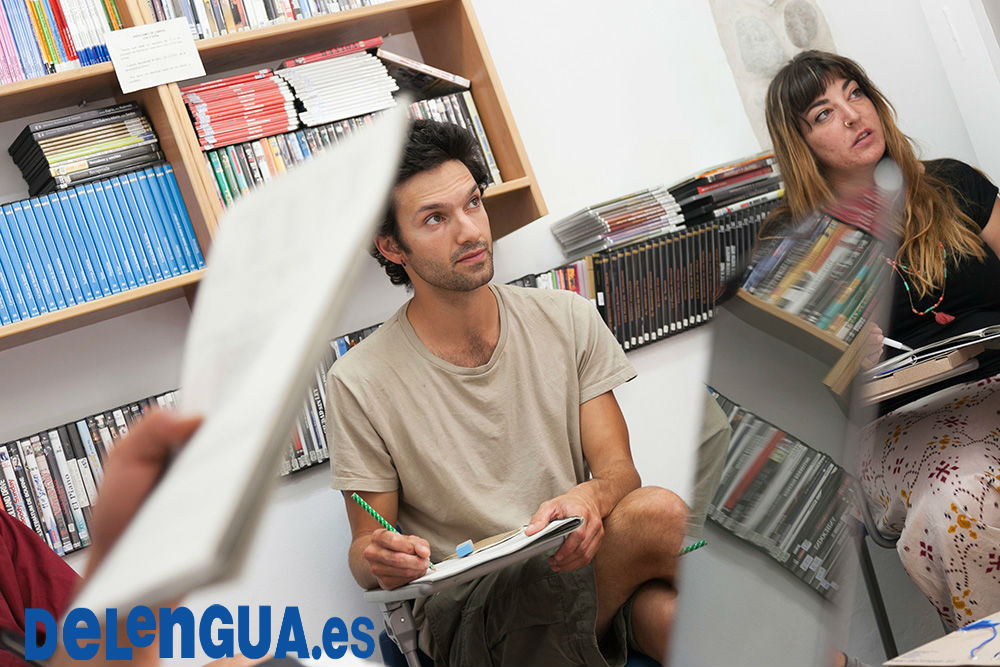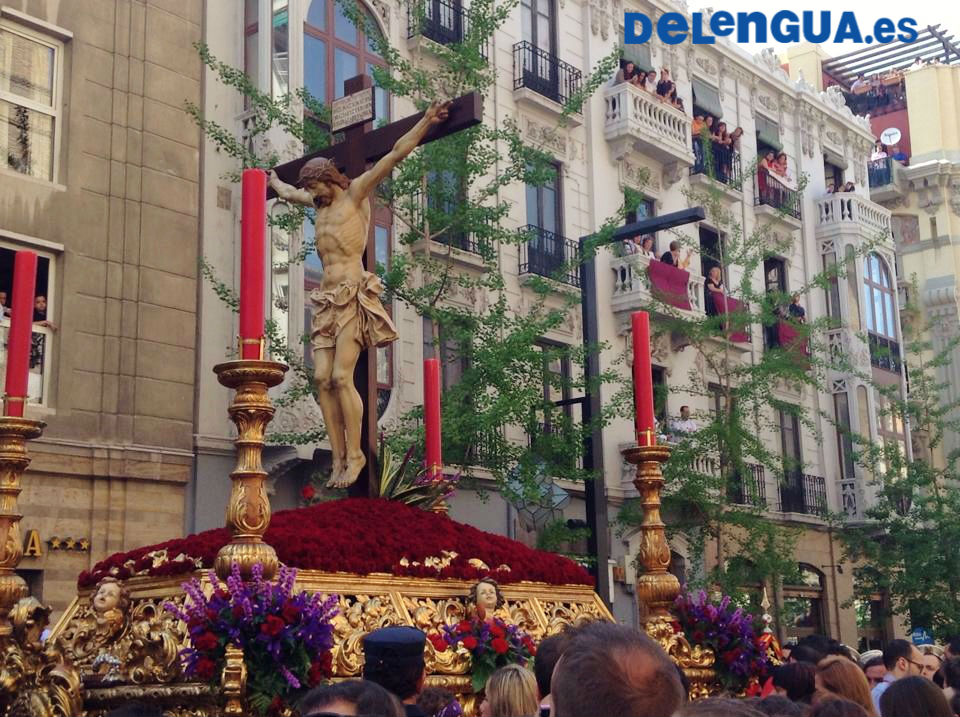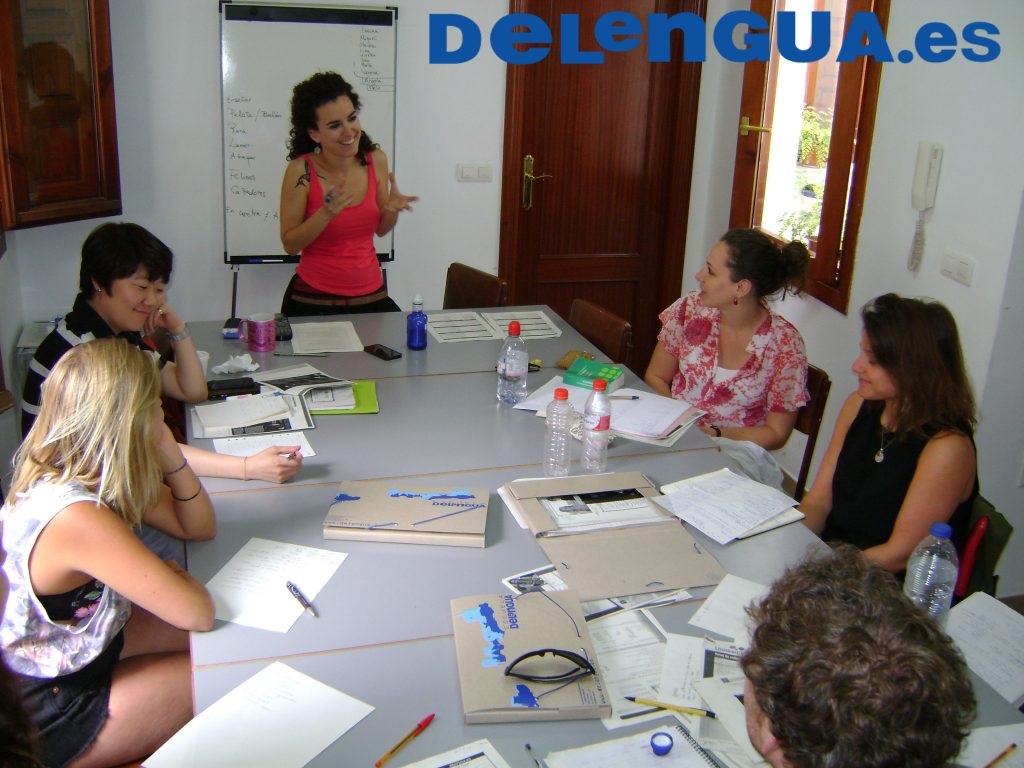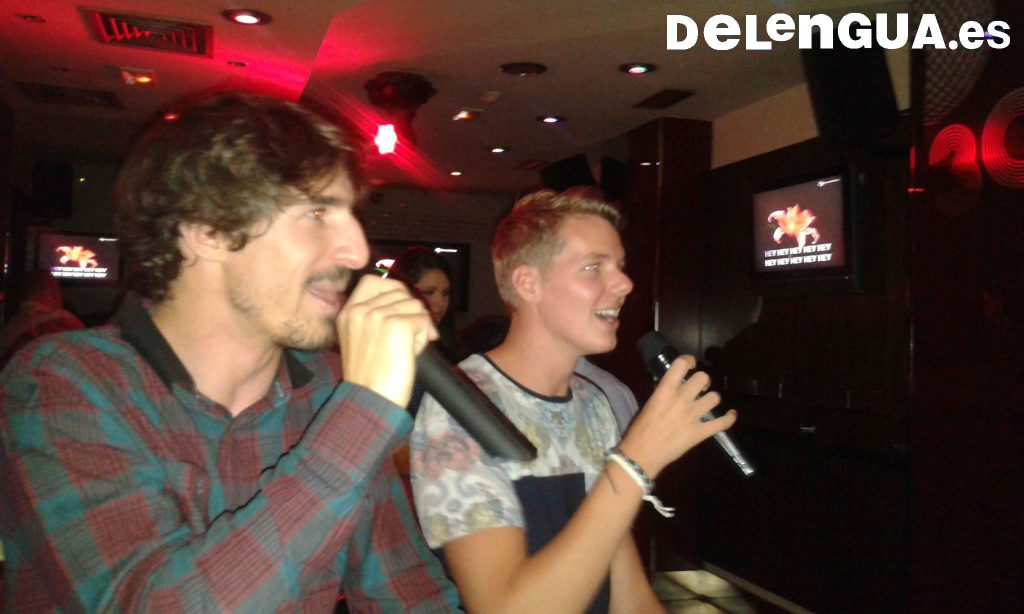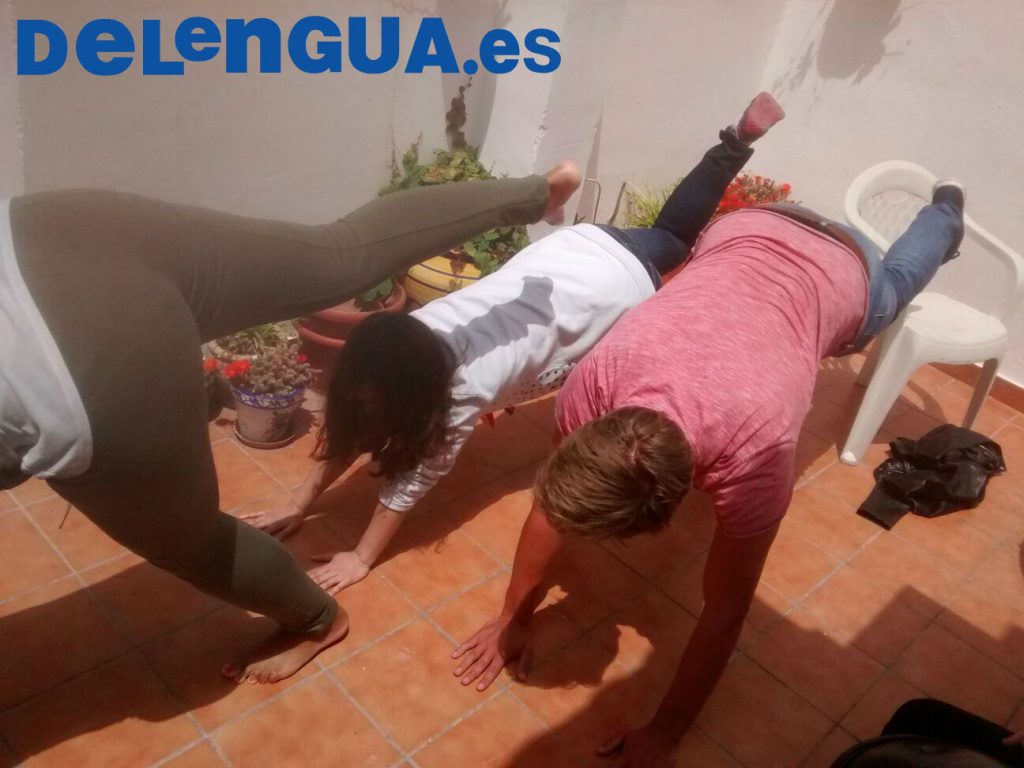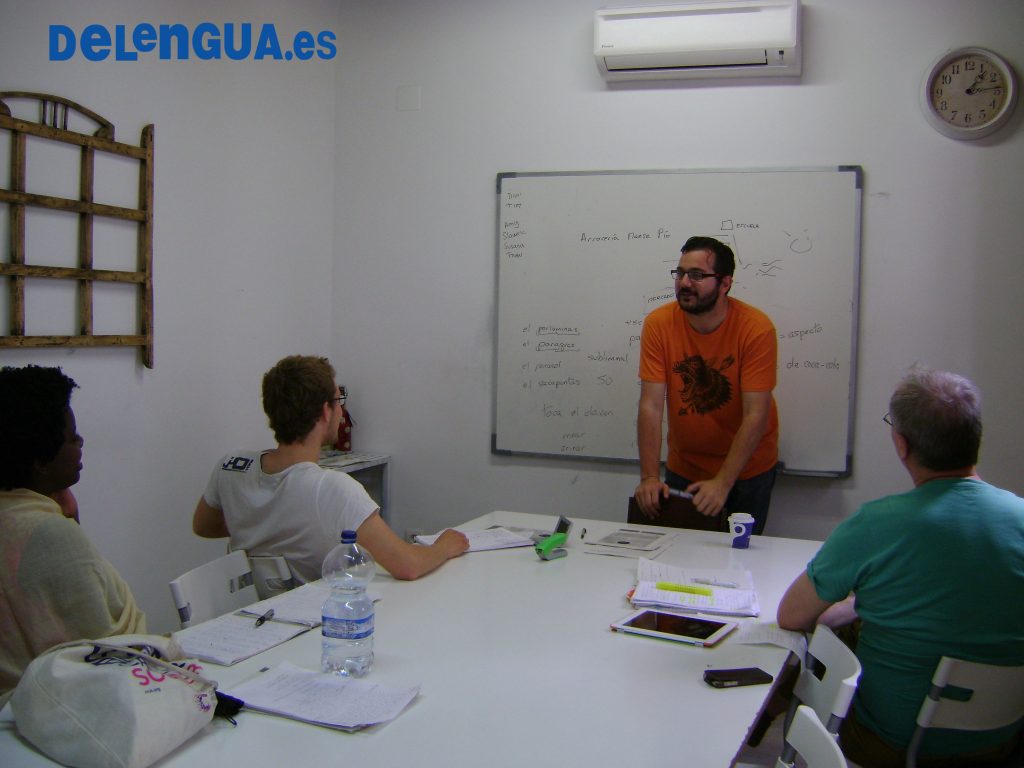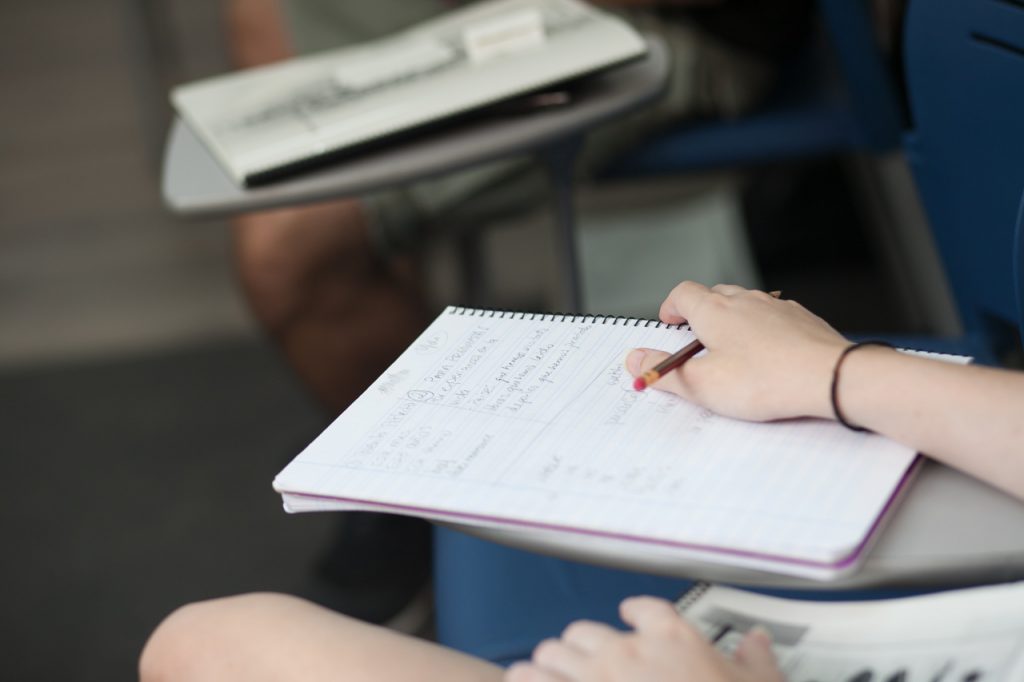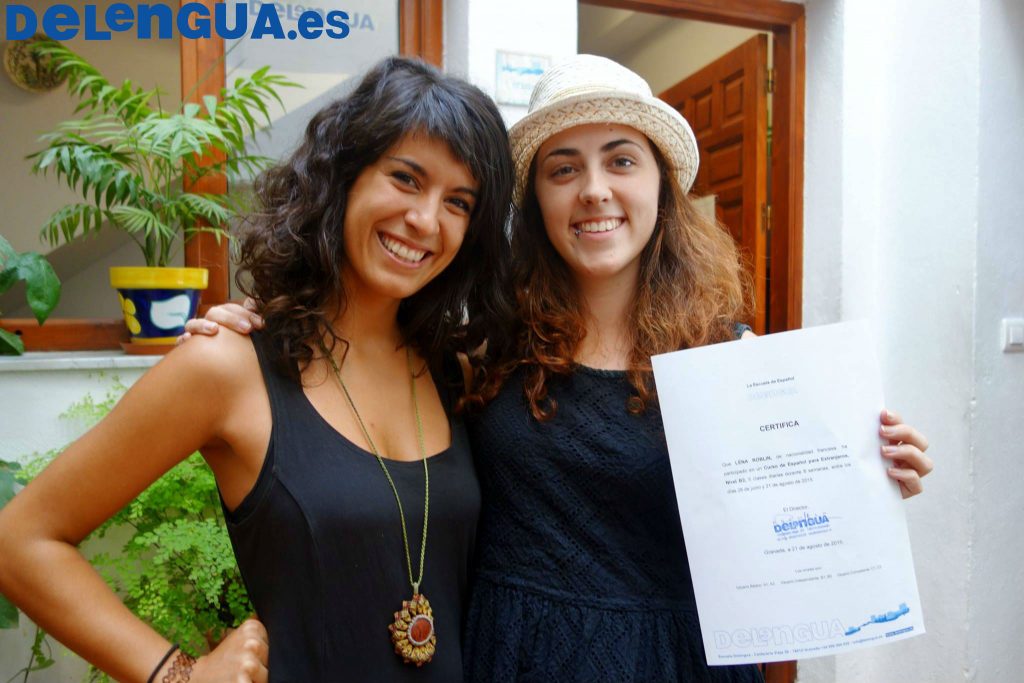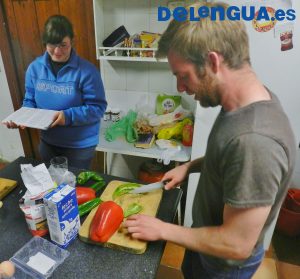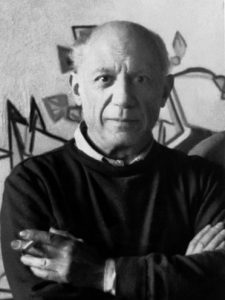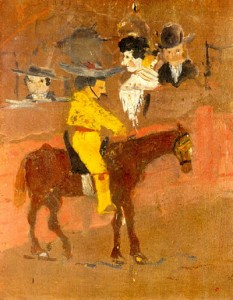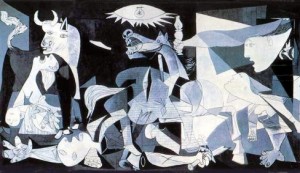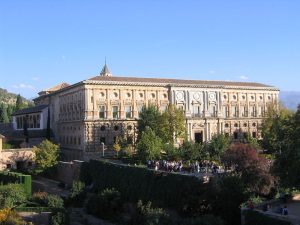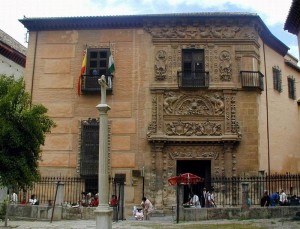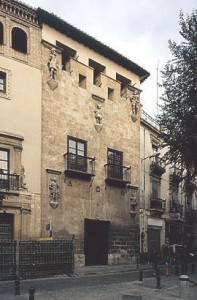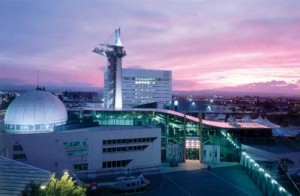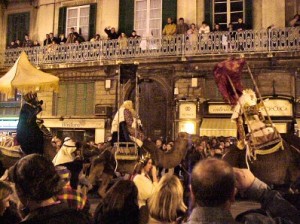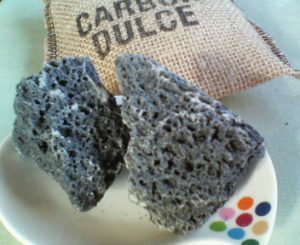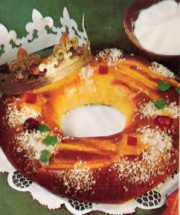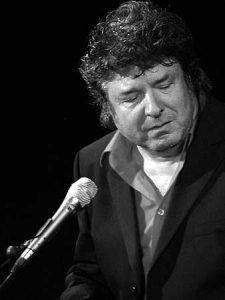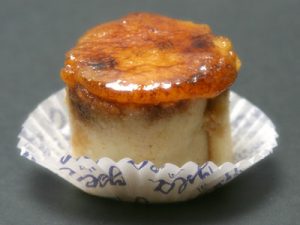| Español | Inglés | |
|---|---|---|
| En Andalucía nacieron muchos artistas, entre ellos Pablo Picasso, uno de los pintores más importantes del siglo XX. Nacido en Málaga, el andaluz luego se hizo famoso y halló aprobación en todo el mundo.
Su padre también era pintor y empezó pronto a incentivar el talento de su hijo. Con ocho años, Picasso pintó su primer cuadro que es famoso hasta el día de hoy. El “Picador”, que muestra una escena en una plaza de toros, fue el principio de la carrera de un niño excepcionalmente dotado. Tras estudiar en las Escuelas de Bellas Artes de Barcelona y Madrid y estancias en París, a principios del siglo XX empezó el así llamado período azul. Lo característico de este período era la reducción de la forma y de los colores a un mínimo. Por los dominantes colores azulados que Picasso solía usar, algunos críticos describieron sus cuadros como melancólicos. Al mismo tiempo elogiaron al pintor por sus creaciones innovadoras. Con sus obras de este período, Picasso causó por primera vez mucha sensación en el mundo del arte. Continuó con el período rosa durante el cual Picasso se ocupó de nuevos tonos de colores, sobre todo tonos rosa y naranja. Junto con Georges Braque fundó el cubismo, un estilo que al principio se criticó mucho. En el cubismo el objeto se reduce a formas geométricas y cubos. Luego, en sus obras Picasso también usó elementos africanos, así como elementos neoclásicos y surrealistas. Lo que siempre había fascinado a Picasso era el motivo del toro y más tarde también el minotauro. Ya su primera obra mostró una escena en una arena de toros, y después siempre de nuevo retomaba este motivo en sus cuadros. Durante la Guerra Civil Española Picasso pintó la obra “Guernica”. Guernica es una ciudad en el norte de España que fue bombardeada durante la Guerra Civil y causó grandes estragos en la población civil. Picasso, que en aquel tiempo vivía en el exilio en Francia, se quedó horrorizado por los acontecimientos en España e intercedió a favor de los republicanos y en contra del régimen de Franco. La obra gigantesca de “Guernica” pasó a la historia como uno de los cuadros antiguerra más importantes. Aunque nació en Málaga, Picasso nunca volvió a esa ciudad después de marcharse. Sin embargo, para los aficionados de sus obras Málaga vale un viaje, porque ahí está el Museo Picasso que expone muchos de sus cuadros. En la Escuela Delengua también se ofrecen cursos de historia y arte de España y América Latina, así como excursiones a museos de arte en los alrededores de Granada. |
El pintor malageño Pablo Picasso “El Picador”, el primer cuadro de Picasso Esta obra tiene unas dimensiones de 3,5 x 7,8 metros |
Andalusia is the birhtplace of many artists, among others Pablo Picasso, one of the most important painters of the 20th century. The Andalusian born in Málaga became famous and gained recognition all over the world.
His father was an artist as well and began early to further his son’s talent. By the age of 8, Picasso did his first painting which is still famous today. The “Picador”, which shows a scene from a bullring, was the beginning of the career of an extremely talented boy. After having studied at the Universities of Fine Arts of Barcelona and Madrid and stays in Paris, at the beginning of the 20th century the so called Blue Period started. It was characteristic of this period to reduce the form and the colours to a minimum. Due to the dominant blues he normally used, critics described his paintings as melancholy. At the same time, they praised the painter for his innovative creations. With the works from this period, Picasso caused sensation in the art scene for the frist time. He continued with the Rose Period in which he tackled new tones of colour, most of all tones of rose and orange. Together with Goerges Braque he pioneered cubism, a style that was criticized a lot at the beginning. In cubist artworks, objects are reduced to geometric and cubic forms. Later, Picasso used in his paintings also African elements as well as neoclassic and surrealistic elements. A motive that had always fascinated Picasso was the bull and later also the minotaur. Yet his first painting showed a scene from a bullring, and he kept taking up this topic in his works during his career. During the Spanish Civil War Picasso painted the work “Guernica”. Guernica is a city in the north of Spain which was bombed during the Civil War and claimed the lives of many civilists. Picasso, who lived in exile in France at that time was shocked about what was happening in Spain and was active on behalf of the Republicans and against the system of Franco. The huge painting of “Guernica” went down in history as one of the most important anti-war-paintings. Although he was born in Málaga, Picasso never came back after he had left the city. Nevertheless, for people who are keen on his works the city is definitely worth a visit, because there’s the Picasso Museum where a great number of his paintings is exhibited. At Delengua Spanish Language School you can also participate in a specific course about Spanish and Latin American history and art, as well as in the excursions to art museums that are offered regularly. |
For more information visit our website:
Search
Archives
-
Recent Posts
Tags
activities Alhambra Andalucía Andalusia Aprende español en España Aprende español en Granada Cine Español cinema cultura Cursos de espanol en Granada Cursos de español Cursos de español en España Cursos de lengua Cursos de lengua en España Cursos de lengua en Granada Delengua activities España español fiesta film flamenco Gramática Española / Spanish Grammar Granada hiking in the Sierra Nevada la lengua española Language courses language courses in Granada language courses in Spain learn Spanish learn Spanish in Granada Learn Spanish in Spain Pedro Almodóvar senderismo en la Sierra Nevada Sierra Nevada Spain spanish Spanish Courses Spanishcourses in Granada Spanish courses in Granada Spanish Courses in Spain Spanishcourses in Spain Spanish Grammar Spanish Language School the Spanish grammar the Spanish Language
